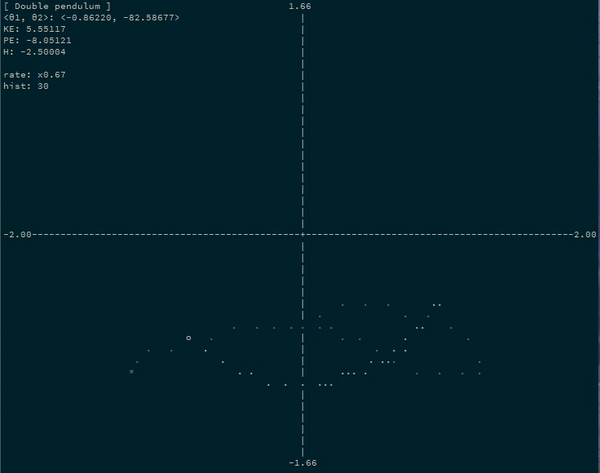We’re back to continue on our journey in using dependent types to write type-safe neural networks! In Part 1, we wrote things out in normal, untyped Haskell, and looked at red flags and general design principles that nudged us in the direction of adding dependent types to our program. We learned to appreciate what dependent types offered in terms of guiding us in writing our code, helping the compiler check our correctness, providing a better interface for users, and more.
We also learned how to use singletons to work around some of Haskell’s fundamental limitations to let us “pattern match” on the structure of types, and how to use typeclasses to generate singletons reflecting the structure of types we are dealing with.
(If you read Part 1 before the singletons section was re-written to use the singletons library, here’s a link to the section in specific. This tutorial will assume familiarity with what is discussed there!)
All of what we’ve dealt with so far has essentially been with types that are fixed at compile-time. All the networks we’ve made have had “static” types, with their sizes in their types indicated directly in the source code. In this post, we’re going to dive into the world of types that depend on factors unknown until runtime, and see how dependent types in a strongly typed language like Haskell helps us write safer, more correct, and more maintainable code.
This post was written for GHC 8 on stackage snapshot nightly-2016-06-28, but should work with GHC 7.10 for the most part. All of the set-up instructions and caveats (like the singletons-2.0.1 bug affecting GHC 7.10 users and the unreleased hmatrix version) are the same as for part 1’s setup.
All of the code in this post is downloadable as a standalone source file so you can follow along!
Read more …
